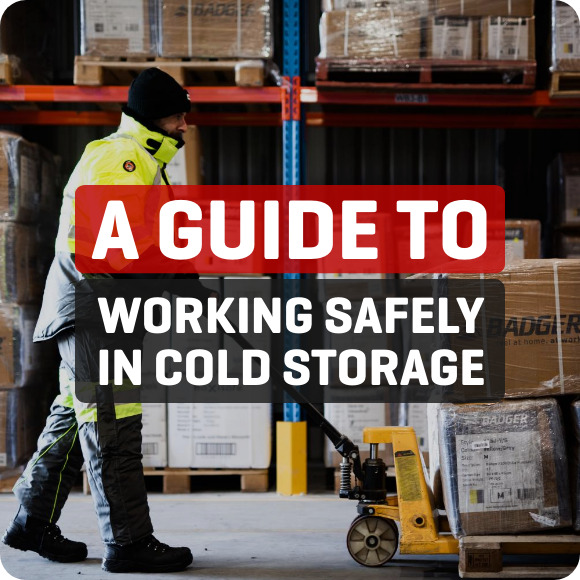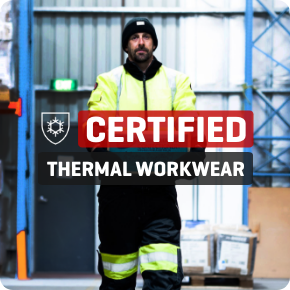

Generally, when we refer to a safety knife, we are talking about a utility knife that is spring loaded or self-retracting. A non-safety knife commonly has a slider that locks in, so if you let go of the knife, the blade stays out.
These items are also known as box cutters, as opening boxes is their most common application.
The risks of non-safety knives are obvious – when the blade is ‘stuck’ open they’ll cut anything they come against…including your fingers!
There are a massive number of different safety knife styles available, but their basic function is to retract the knife blade when you let go of the slider, or when pressure is taken off the blade.
Below are 5 ideas about safety knives you should bear in mind so you can avoid any injuries form them in the workplace:
Is there a law about using safety knives?
No, there are no laws or standards about the use of safety knives in the workplace. This means any policies are enforced by the company. An example of a company knife policy is that ‘all knives must be self-retracting’.
How do people injure themselves with a safety knife?
The most common injuries from knives in the workplace include:
- Cuts to the non-knife hand or arm
- Cuts to the knife hand if it slips off the handle
- If the knife is dropped, and is not self-retracting
- Cutting towards yourself

What are the safest type of safety knives?
Finding the safety knives for your team depends on the task they are doing. If possible, use a knife
that has enclosed blade, such as the tusk opener style. Obviously, this style dramatically reduces the risk of accidental injuries as there your finger cannot come in contact with the blade.
If the tasks your staff are completing do require an exposed blade, ensure the blade is self-retracting. You can also use more premium safety knives that have automatic retracting blades, such as this model. These blades have a mechanism that detects if pressure is taken off the blade, retracting it even if the slider is still pushed forward.
Why are sharper blades safer?
You may have heard it said, ‘a sharp knife is a safe knife’. This is true because a blunt knife requires more force, which increases the risk of accidentally cutting yourself or someone around you if you lose your grip of the knife or the item you’re cutting gives away.
What are some other tips for safe knife operation?
Here are a number of knife safety tips from Worksafe Queensland.
- Make sure you use a knife that is right for the job
- Educate and train all staff in the safe use of any tool they may use.
- Inspect the tool before use.
- Make sure the blade is sharp. Dull blades require more force, increasing the chance of injury.
- Use protective clothing such as cut resistant or mesh gloves, especially for the holding hand. Safety glasses will protect the eyes if the blade shatters or breaks.
- Cut away from your body. Make sure no body parts are in the cutting path, or in the path the blade might take if it slips.
- If the tool has a retractable blade, retract it immediately after use, and retract it fully. Similarly, close scissors or snips when not in use.
- Place the tool at the back of the counter when not in use, with the sharp edge away from you.
- Store tools appropriately. For example, store knives securely in a knife rack or drawer, with the handles facing the front. Or, create racks, slots, or boxes near the work space to store the tool.
- When cutting food, clean the knife immediately after use or place it in a container labelled “knives only” near the sink.
- Throw out broken, dull, or rusty blades by placing them in a puncture resistant container.
- Do not use excessive pressure when cutting.
- Do not try to catch a falling tool. Quickly move out of the way, let it fall, and then pick it up.
- Do not pass or throw a tool to someone else. Place the tool or knife on the counter and let the other person pick it up. Tools like scissors can be passed in the closed position, handle first.

